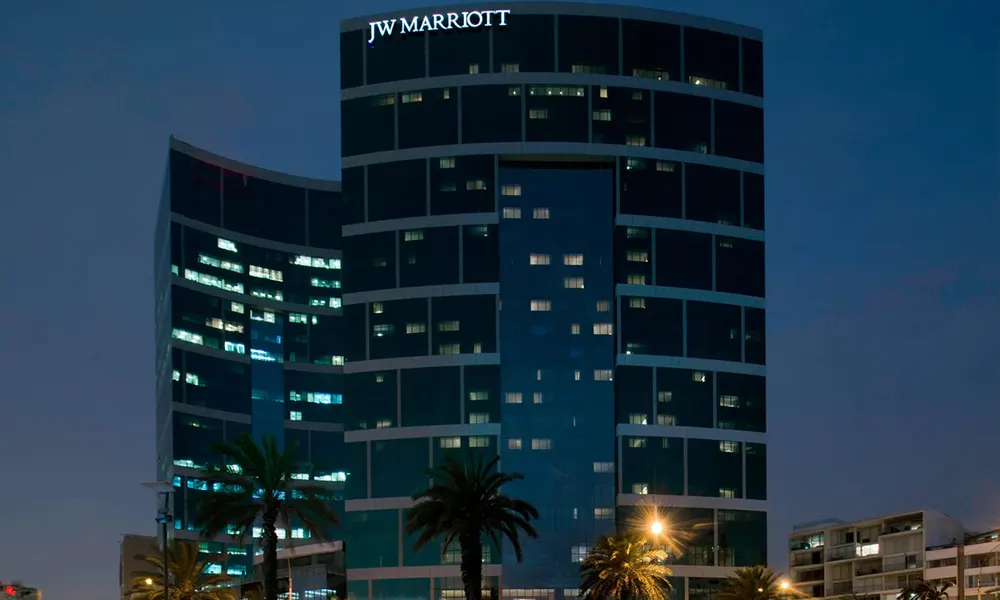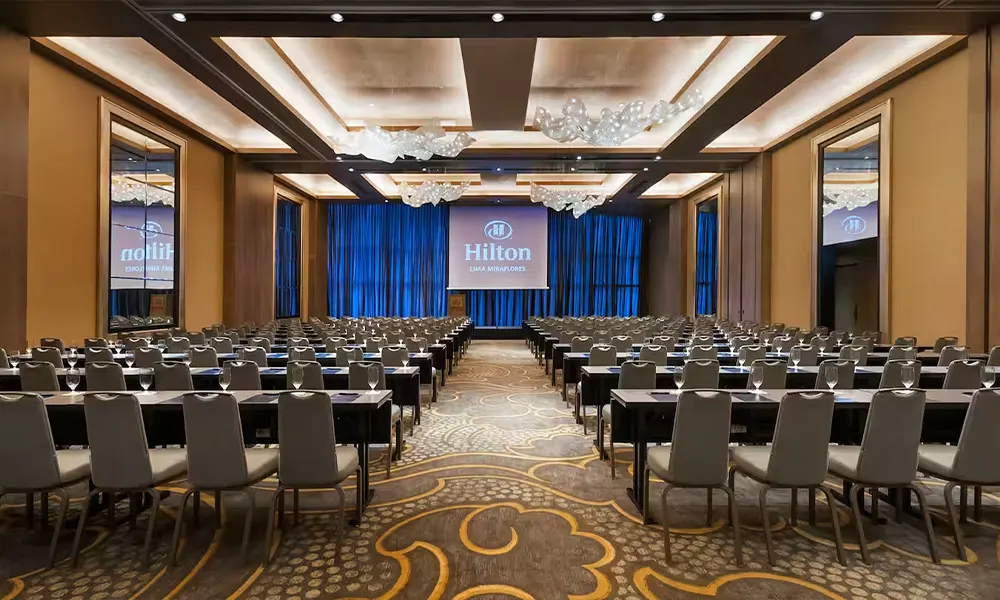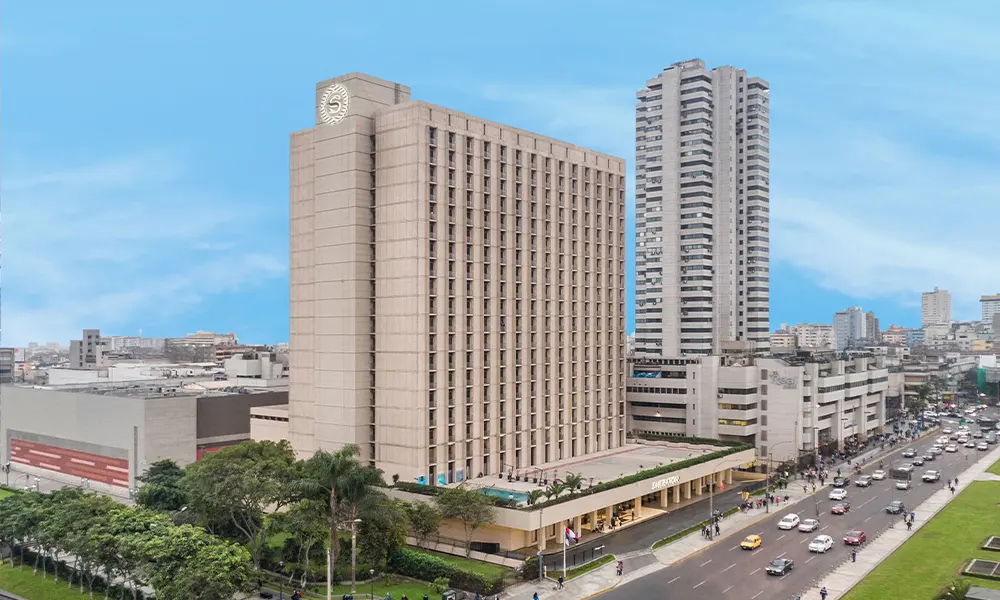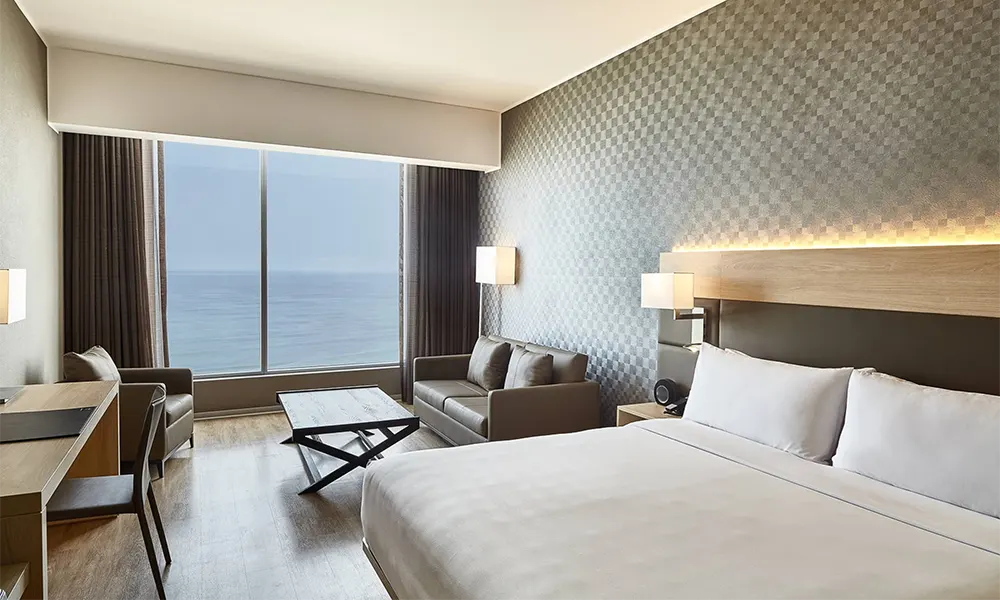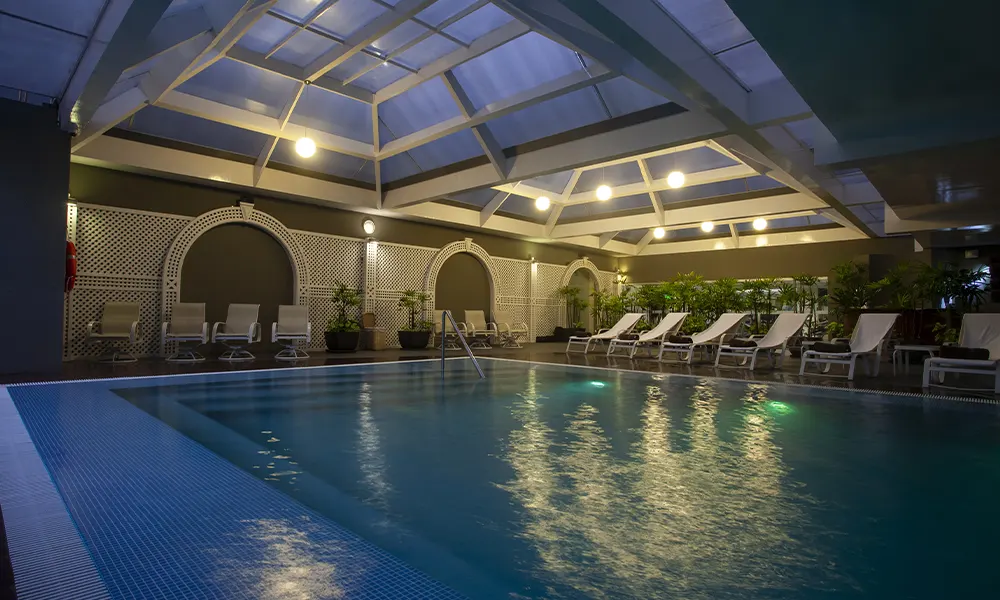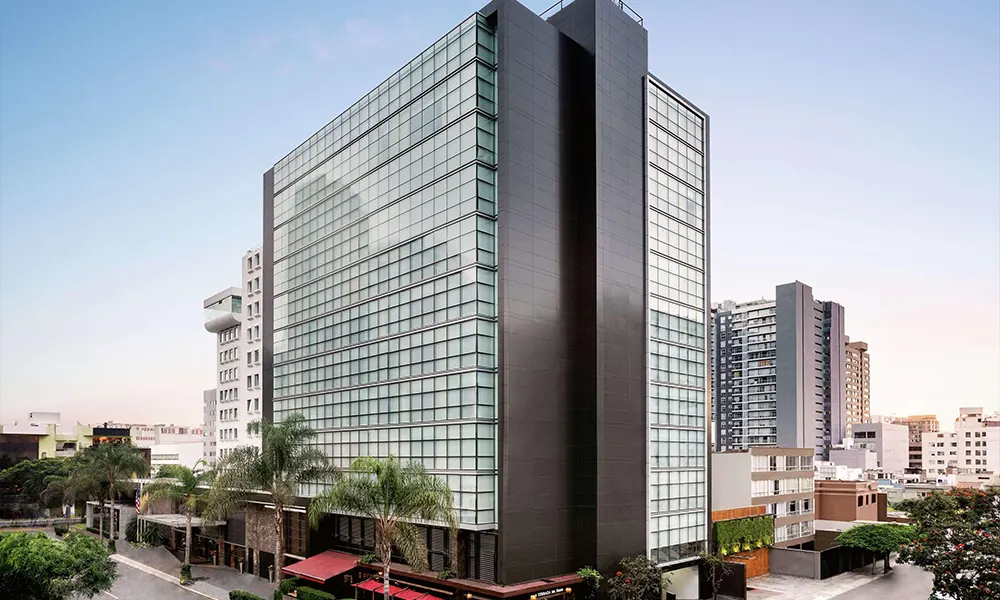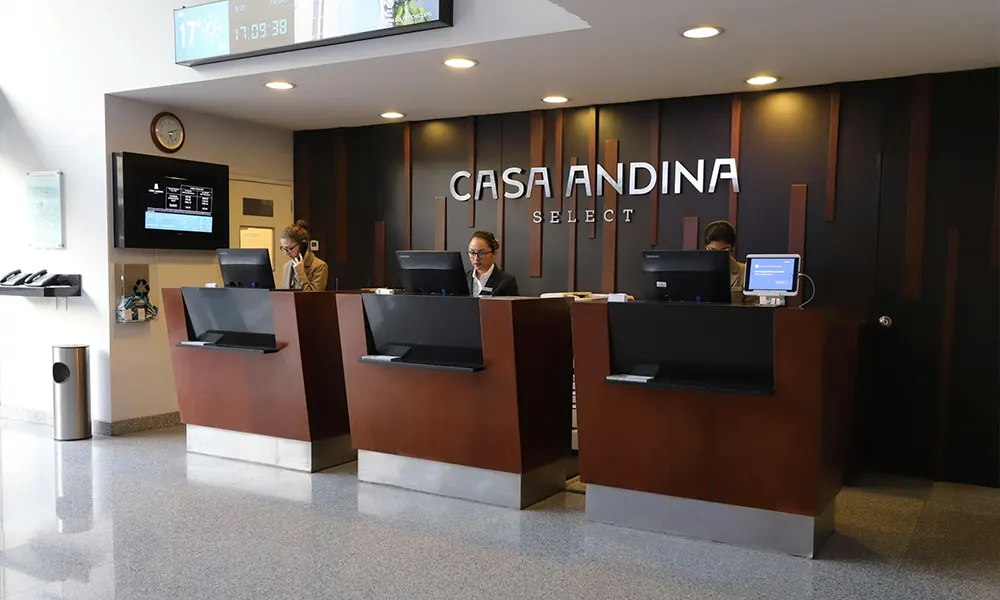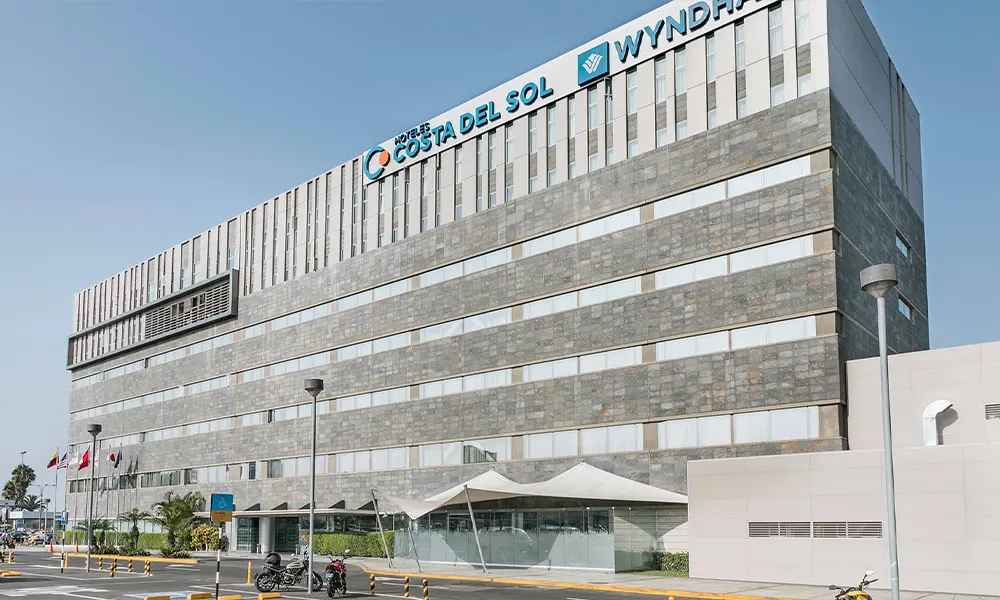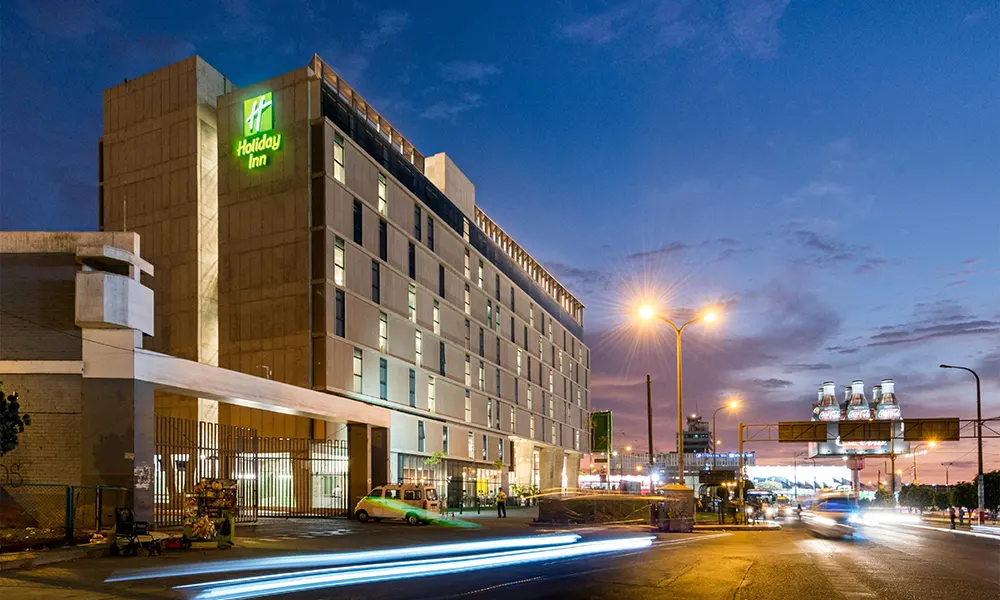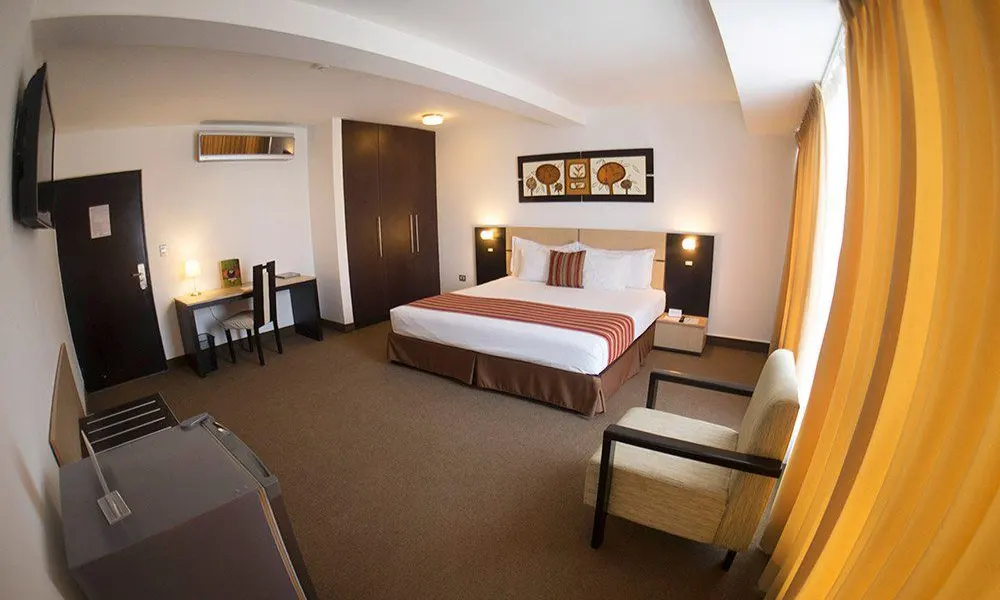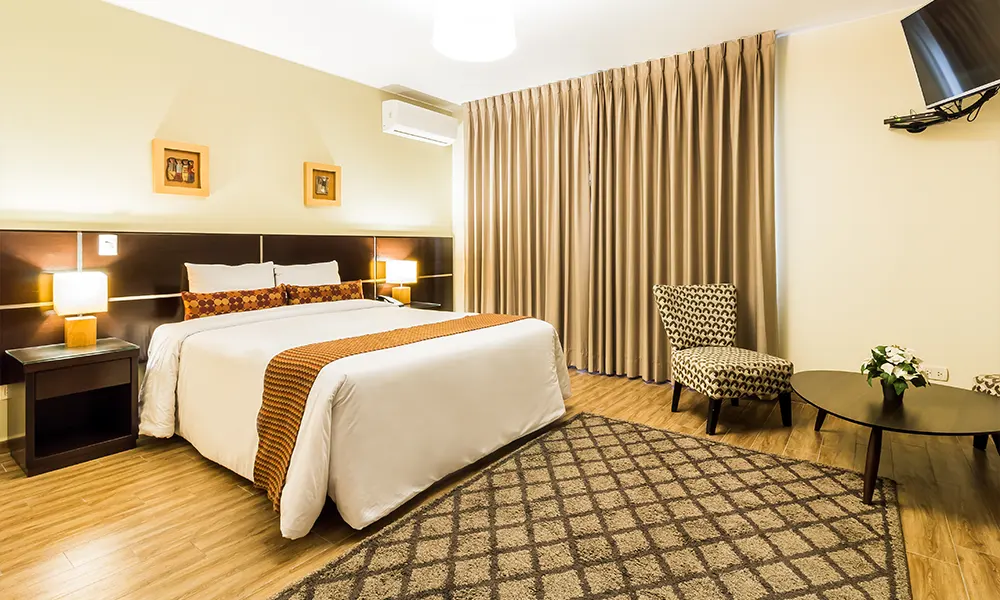Beautiful colonial churches, European-style squares, and streets. Restaurants with one of the best worldwide cuisines, the Peruvian one. And incredible views of the Pacific Ocean will surround you if you stay in one of our most luxurious select Lima hotels. MACHU TRAVEL PERU carefully selected the best hotels of 5, 4, and 3 stars in the Peruvian capital for your enjoyment. In them, you’ll check the comfort, the luxury, and the perfect location in one of the most exclusive Lima districts, Miraflores.
